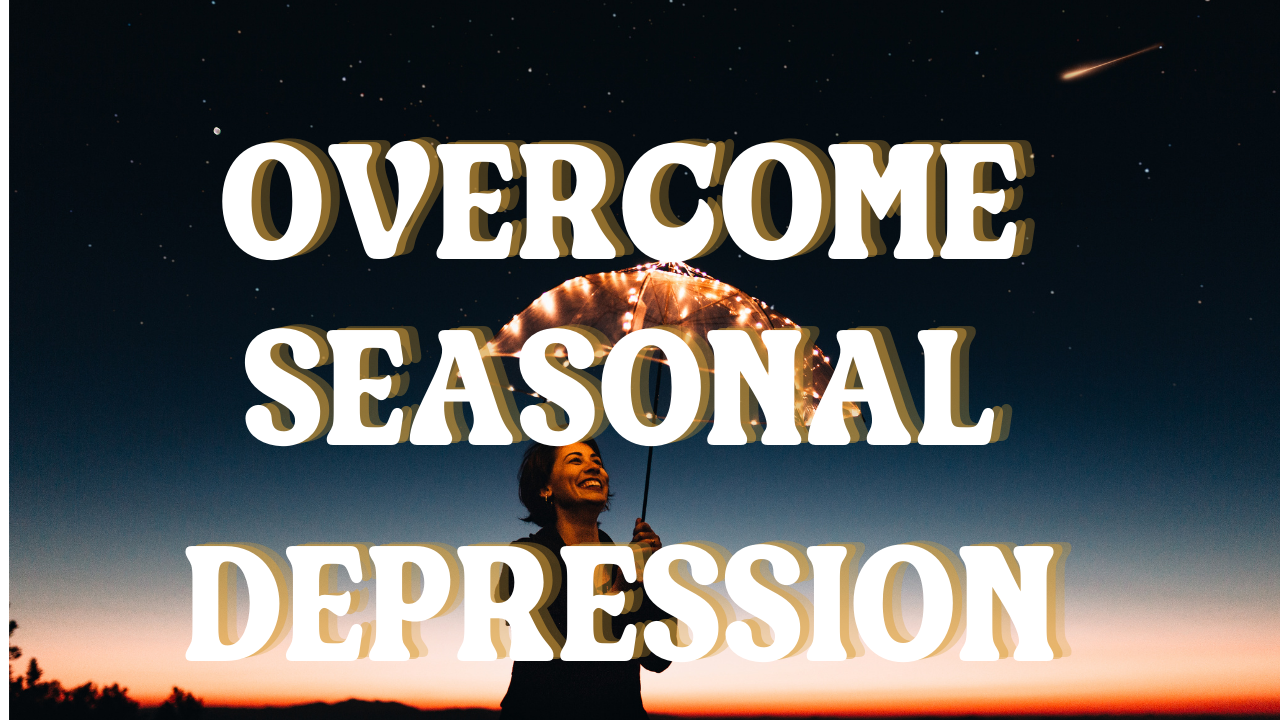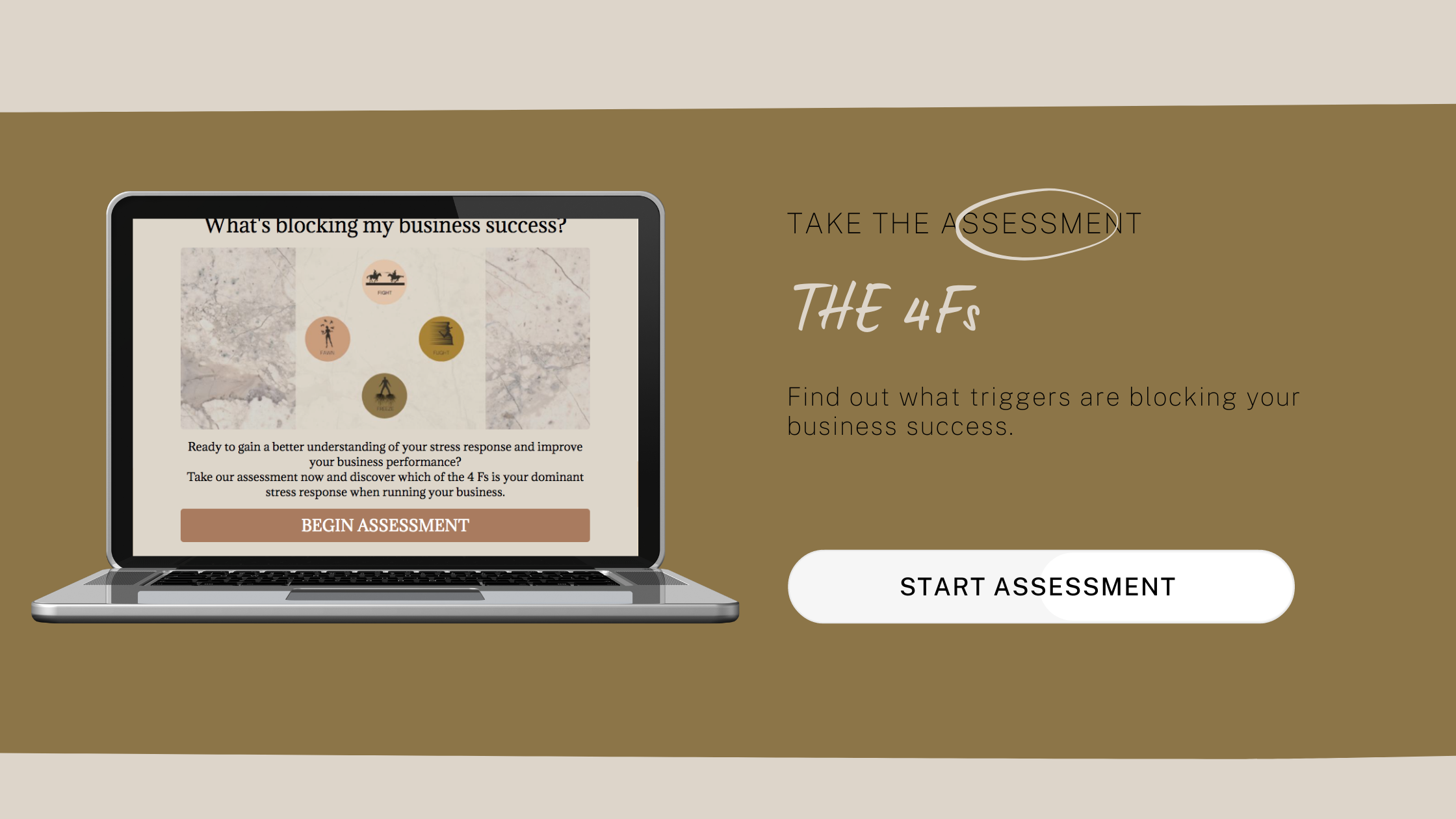How To Beat Seasonal Affective Disorder

Living on the east coast, where the fall and winters are not known for being full of sunshine and blue skies—rather they are dark, overcast, and quite dreary.
I used to look forward to but also dread the fall; yay pumpkin everything but boo darkness at 3 pm.
I hated how I felt but never fully understood just why I became so depressed every fall and winter.
Until I discovered I was suffering from SAD, or Seasonal Affective Disorder.
SYMPTOMS OF SEASONAL AFFECTIVE DISORDER:
Seasonal Affective Disorder is a kind of depression, with symptoms beginning as the days become shorter and darker and worsen as time goes on.
Symptoms include:
- Depression
- Anxiety
- Hopelessness
- Weight gain
- Craving carbohydrates
- Difficulty concentrating
- Sleeping too much
- Not wanting to go out or engage in any activities
If these symptoms are cyclic in nature and begin in the fall and worsen as winter approaches, you may be suffering from Seasonal Affective Disorder.
CAUSES OF SEASONAL AFFECTIVE DISORDER:
The exact cause of SAD is not known, but it is assumed that as with most mental health disorders, that genetics, age, and your own physical makeup may all play a part in this disorder.
Some research seems to show that a lack of serotonin, a chemical in the brain that affects mood, might play a role. When sunlight is reduced it causes a drop in serotonin levels which might cause depression.
Another theory is that your circadian rhythms are disrupted during the fall and winter for some people. Your circadian rhythm is like your internal clock, regulating when you sleep, and when you wake up.
If your natural clock is disrupted it can lead to depression.
Melatonin is a sleep-related hormone and during long winter nights, its production is increased.
Melatonin has been linked to depression and is therefore considered to be a culprit in those who develop Seasonal Affective Disorder.
The highest risk of SAD occurs between the ages of 15 and 55. As you age, you're less likely to develop SAD.
It's more common in women and in areas where winter days are shorter and the amount of light changes dramatically according to the season. Family history also plays a role.
TREATMENTS OF SEASONAL AFFECTIVE DISORDER:
Treatments for SAD include light therapy, anti-depressants, and psychotherapy. Only your doctor can determine if you’re suffering from Seasonal Affective Disorder.
Just like its close cousin depression, symptoms of SAD can be pronounced and severe.
If left untreated it can interfere with everyday activities and in some drastic cases lead to thoughts of suicide.
Here are some natural remedies that I’ve used & my clients have used successfully:
1. Make it your mission to get more sunlight
Home remedies are sometimes all you need. Try using brighter lights and spending more time outdoors in the sun. Morning light is especially important.
2. Book a light therapy session
If your symptoms are more intense, your physician will probably prescribe light therapy. You spend just about 30 minutes/day exposed to a special box lamp. There are few side effects and many people enjoy immediate relief. For others, simple complementary activities do the trick.
3. Get a personal trainer or start training for a marathon
Regular exercise is beneficial for coping with most forms of depression, including SAD. Schedule a workout first thing in the morning like a brisk walk around the neighborhood, yoga, or pilates.
4. Keep your work and business schedule light. Hire more help if you need to.
Be extra gentle with yourself while you're recovering. Take time to relax through meditation or listening to the daytime subliminals in the Master Your Vibration program.
5. Make sleep a priority & luxurious experience.
Your body will try to get extra sleep when you have SAD. Help make that slumber restorative by avoiding alcohol and caffeine and sticking to a regular early bedtime.
6. Schedule a trip to a sunny location.
If your budget and schedule permit, SAD is one of the few issues you can run away from. Go where the weather suits your needs better. Try spending a week in Jamaica or Mexico.
7. Book a 1:1 Hypnotherapy session.
During a hypnotherapy session, we’ll clear out negative emotions and beliefs that are causing your mental stress then we’ll also be able to naturally increase your levels of serotonin & dopamine the neurochemicals responsible for happiness.
While winter cold can be daunting, the change of seasons can also be an opportunity to appreciate nature and shake up your usual routines.
Contrary to popular belief, your brain likes variety.
A little more exposure to morning light may be all you need to stay well. If you think you could be experiencing more severe symptoms of SAD, talk with your doctor to find a treatment plan that works for you.
Need help figuring out how business stress impacts you?
Take our Business Stress Assessment

Take the YOUNIVERSAL assessment to find your blocks: https://www.fwrdinstitute.com/youniversal-assessment
Download this FREE 100+ page The Get Your Shift Together Guide: https://www.




